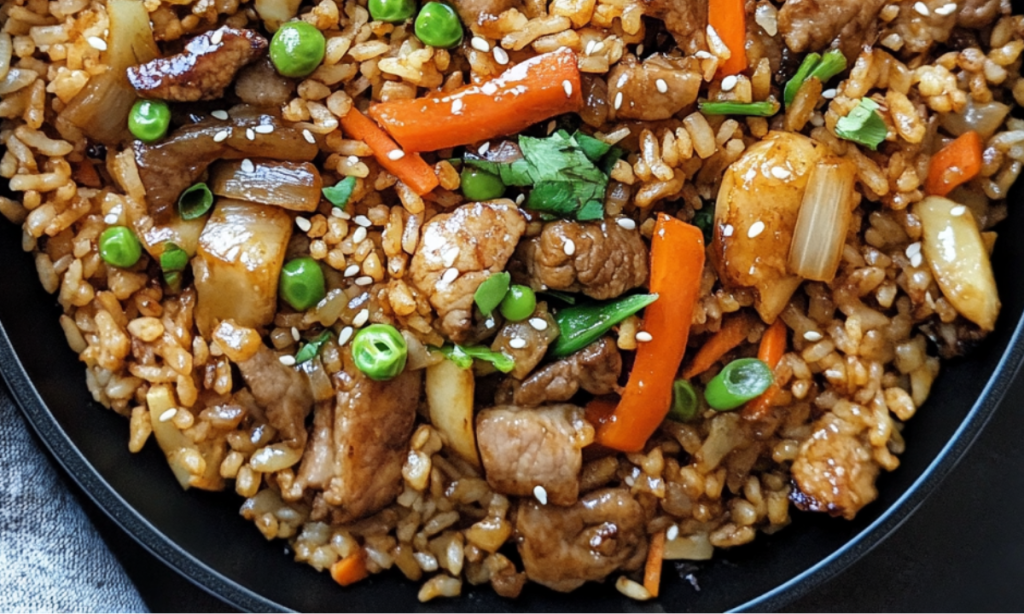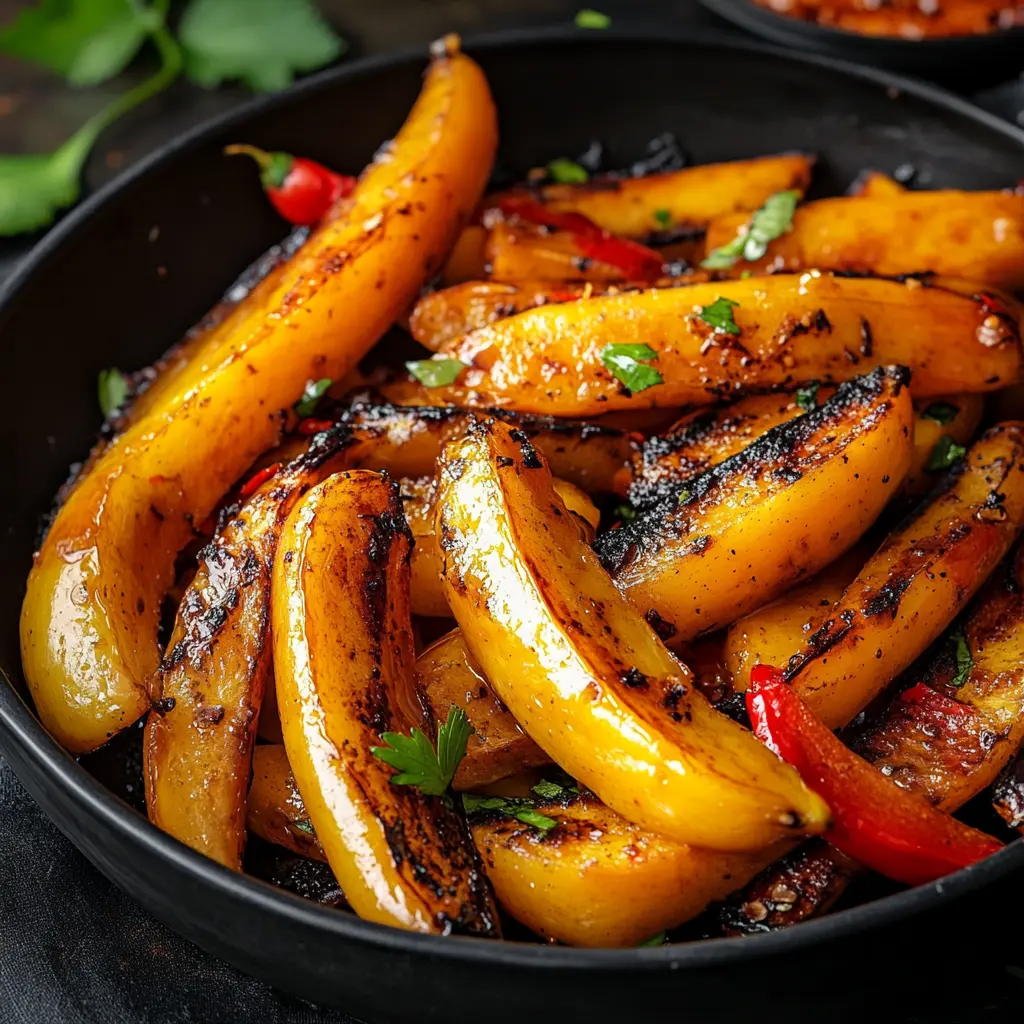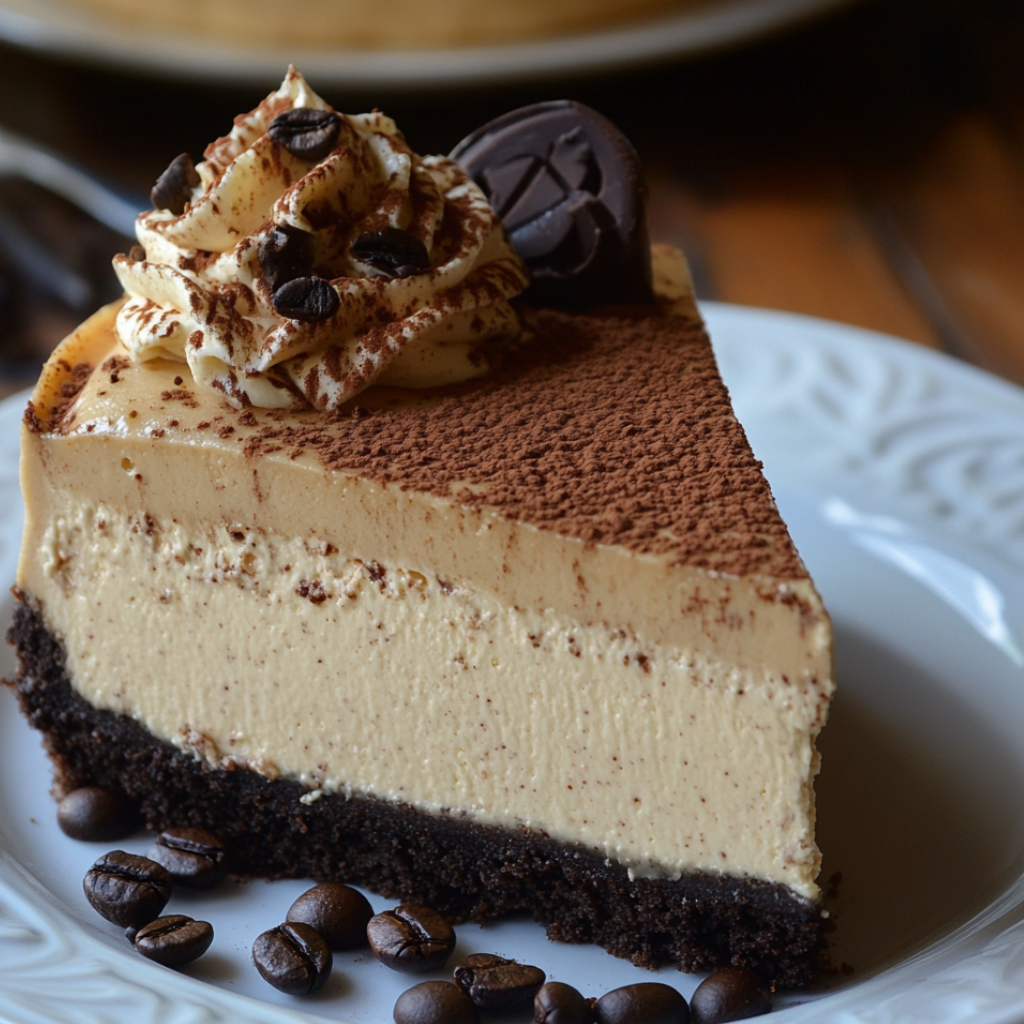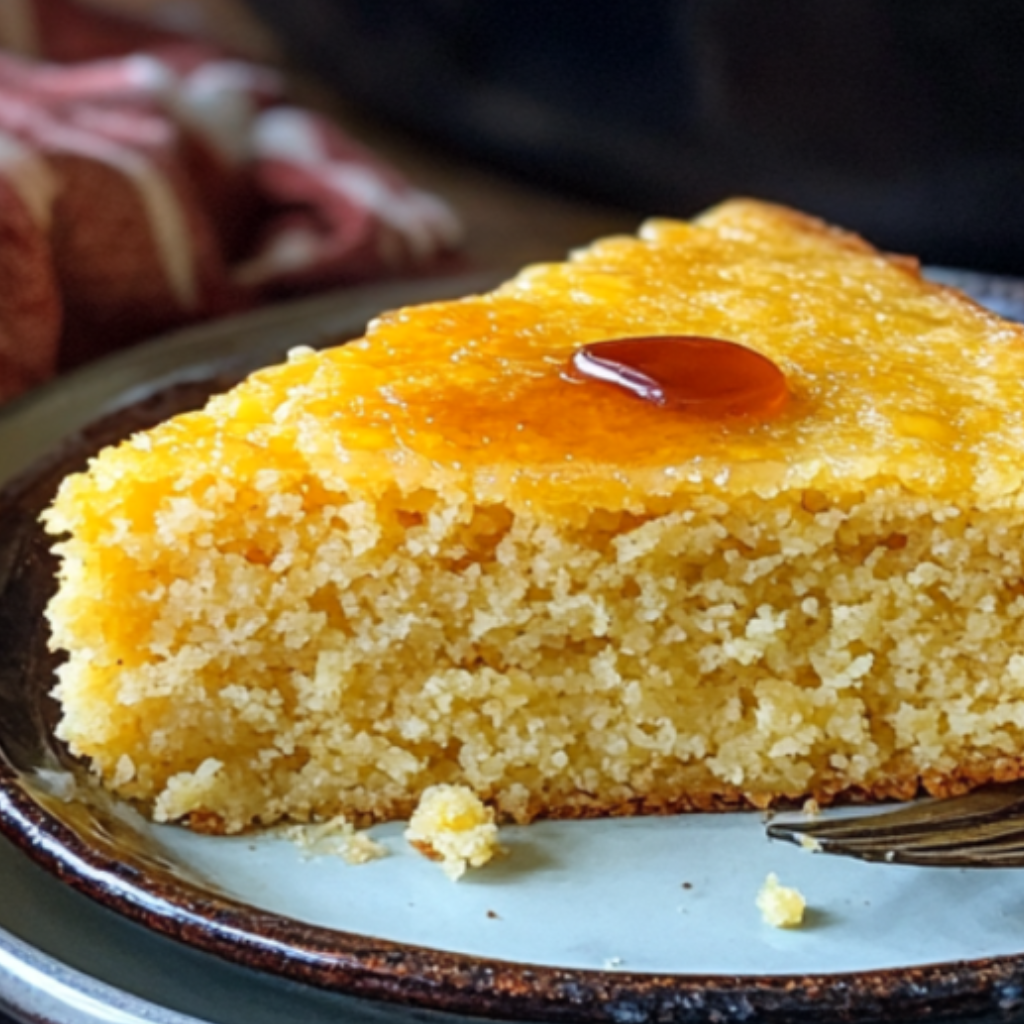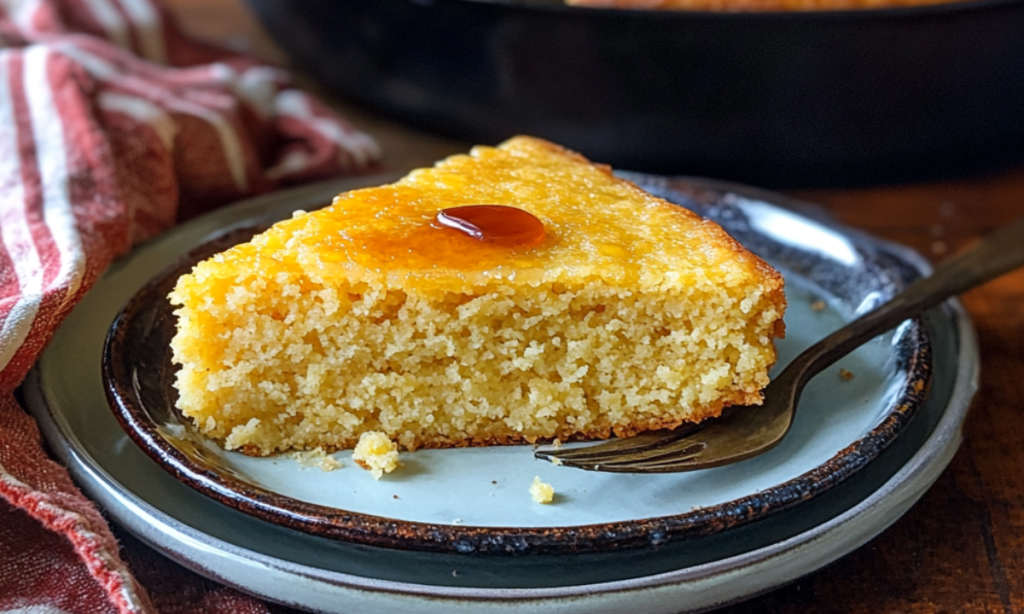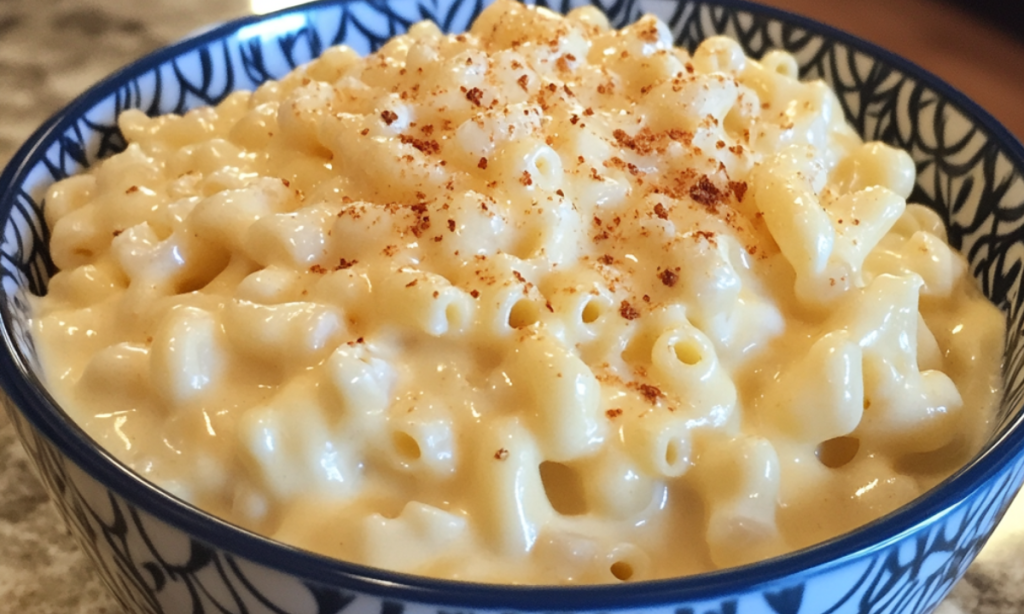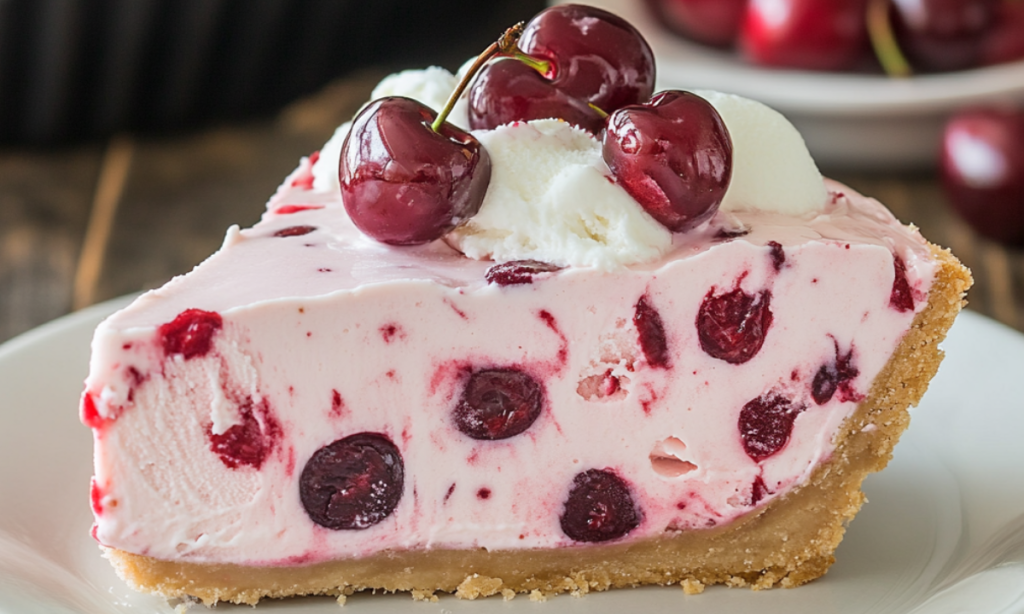Are you a fan of Japanese cuisine but looking for a simpler way to bring the flavors of Hibachi-style cooking into your home? Look no further! This One-Pot Hibachi Skillet Recipe is the perfect blend of convenience and taste. Not only does it save you time and reduce the number of dishes, but it also delivers an authentic Hibachi experience right from your kitchen. Whether you’re a seasoned chef or a beginner, this recipe is designed to help you create a restaurant-quality meal with minimal effort.
Ingredients and Kitchen Essentials
To make this delicious one-pot Hibachi skillet, you’ll need a few key ingredients and tools:
- Protein Options: Chicken, shrimp, or steak (choose your favorite or mix them up!)
- Vegetables: Zucchini, mushrooms, onions, carrots, and broccoli
- Starch: White rice or noodles
- Hibachi Sauce Ingredients: Soy sauce, garlic, ginger, sesame oil, and a touch of sugar
- Skillet: A large, heavy-bottomed skillet is ideal for even cooking
When preparing this dish, having the right equipment is crucial. Check out this guide on how to cook with a skillet to ensure you’re using the best tools for the job.
Optional Ingredients for Variations
- Vegetarian Option: Replace the protein with tofu or extra vegetables.
- Gluten-Free Version: Use tamari instead of soy sauce and gluten-free noodles.
- Low-Carb Option: Swap the rice or noodles with cauliflower rice.
Step-by-Step Cooking Instructions
Creating this One-Pot Hibachi Skillet is straightforward:
- Heat the Skillet: Start by heating your skillet over medium-high heat and adding a drizzle of oil.
- Cook the Protein: Add your chosen protein and cook until browned on all sides. Remove and set aside.
- Sauté the Vegetables: In the same skillet, add your vegetables and cook until they are slightly tender.
- Add Starch: Stir in cooked rice or noodles, ensuring they soak up the flavors from the skillet.
- Prepare the Hibachi Sauce: Mix soy sauce, garlic, ginger, sesame oil, and sugar. Pour it over the ingredients in the skillet.
- Combine and Finish Cooking: Return the cooked protein to the skillet and toss everything together. Cook for another 2-3 minutes.
This step-by-step process ensures that each component of your dish is cooked to perfection and infused with that signature Hibachi flavor.
Tips and Tricks for Perfect Hibachi at Home
To elevate your home-cooked Hibachi experience, keep these tips in mind:
1. Get the Right Heat
- Preheat your skillet or grill on medium-high before adding any ingredients. Hibachi cooking relies on high heat to sear the meat and vegetables quickly, giving them that signature flavor.
2. Use Fresh Ingredients
- Fresh, high-quality ingredients make a big difference in the final taste. Crisp vegetables and freshly cut meat ensure a vibrant, flavorful dish.
3. Avoid Overcrowding the Skillet
- Overcrowding the skillet can lead to steaming instead of searing, resulting in soggy vegetables and meat. Cook in batches if necessary to give each ingredient enough space to cook evenly.
4. Balance Your Flavors
- The key to great Hibachi lies in the balance of flavors. Make sure your sauce has the right mix of salty (soy sauce), sweet (sugar or honey), and umami (garlic and ginger).
5. Perfect Your Sauce
- The Hibachi sauce is crucial for flavor. Adjust the ingredients to your taste, but make sure the sauce is not too thick or too thin. It should coat the ingredients without overwhelming them.
6. Don’t Overcook the Protein
- Whether you’re using chicken, shrimp, or steak, cook the protein just until it’s done. Overcooking can lead to tough, dry meat, which you want to avoid.
7. Master the Timing
- Add the ingredients in stages based on their cooking times. Start with the protein, followed by denser vegetables like carrots, and finish with quicker-cooking veggies like zucchini and mushrooms.
8. Use a Cast Iron Skillet
- A cast iron skillet is ideal for Hibachi because it retains and distributes heat evenly. This helps achieve the perfect sear on your ingredients.
9. Enhance with Sesame Oil
- Finish the dish with a drizzle of sesame oil to add a rich, nutty flavor. This small step can make your Hibachi taste more authentic.
10. Presentation Matters
- Serve your Hibachi in a visually appealing way. Arrange the meat, vegetables, and rice or noodles neatly on the plate, and garnish with sesame seeds or chopped green onions.
By following these tips, you can elevate your home-cooked Hibachi to a restaurant-quality meal that’s sure to impress!
Nutritional Information and Health Benefits
This dish is not only tasty but also packed with nutrients:
- Calories: Approximately 400-600 calories per serving, depending on the protein and starch used.
- Protein: High in protein, especially if using chicken, shrimp, or steak.
- Vitamins and Minerals: Loaded with vitamins A, C, and K from the vegetables.
- Healthy Fats: Sesame oil provides a good source of healthy fats.
For those looking to make this dish healthier, consider using healthy cooking oils like olive oil or avocado oil instead of traditional vegetable oils.
Variations of One-Pot Hibachi Skillet
The versatility of this dish allows you to experiment with different versions:
- Vegetarian and Vegan Options: Use tofu or extra vegetables in place of meat.
- Gluten-Free Adaptations: Swap out soy sauce for tamari and use gluten-free noodles.
- Low-Carb and Keto-Friendly Modifications: Replace rice with cauliflower rice or use shirataki noodles.
- International Twists: Add a dash of curry powder for an Indian twist or soy sauce and sesame seeds for a Korean flair.
Pairing Suggestions
Complete your Hibachi experience with these pairing ideas:
- Drinks: Green tea, sake, or a light white wine.
- Side Dishes: Miso soup, edamame, or a simple green salad.
- Desserts: Finish with mochi or green tea ice cream.
Common Mistakes and How to Avoid Them
Avoid these pitfalls to ensure your Hibachi dish turns out perfect every time:
- Overcooking the Protein: Keep an eye on the meat to avoid dryness.
- Overcrowding the Skillet: This can lead to uneven cooking and a soggy texture.
- Sauce Consistency: Don’t let the sauce get too thick or too thin. It should coat the ingredients without drowning them.
FAQ Section
Can I Use a Regular Frying Pan Instead of a Skillet?
Yes, you can use a regular frying pan instead of a skillet, but a heavy-bottomed skillet is recommended. A skillet, especially a cast iron one, distributes heat more evenly and holds heat better, which is crucial for achieving the perfect sear on your meat and vegetables. If using a frying pan, ensure it’s large enough to prevent overcrowding and sturdy enough to handle high heat.
What Type of Oil is Best for Hibachi Cooking?
The best oil for Hibachi cooking is one with a high smoke point. Sesame oil is traditionally used for its rich, nutty flavor, but it’s usually added towards the end of cooking rather than at the start due to its lower smoke point. For initial cooking, opt for neutral oils like canola, peanut, or vegetable oil. These oils can withstand the high temperatures required for Hibachi without burning.
Can I Make This Recipe in Advance?
Yes, you can make this recipe in advance. Cooking the ingredients ahead of time and storing them separately is a great way to save time. When you’re ready to serve, simply reheat everything in the skillet, add the sauce, and toss to combine. This method preserves the flavors and textures better than reheating an already mixed dish.
How Can I Store Leftovers?
Store leftovers in an airtight container in the refrigerator for up to three days. To reheat, use a skillet over medium heat, adding a splash of water or broth to keep the dish moist. Reheating in a skillet helps maintain the original texture and flavor better than using a microwave.
What Are the Best Vegetables for Hibachi?
The best vegetables for Hibachi are those that cook quickly and hold their texture. Traditional choices include zucchini, mushrooms, onions, carrots, and broccoli. These vegetables add color, flavor, and a variety of textures to the dish. Feel free to customize with your favorites, but avoid vegetables that become too soft when cooked, like tomatoes.
Is Hibachi Always Served with Rice or Noodles?
Yes, Hibachi is typically served with either rice or noodles, as these starches help to balance the flavors of the dish and soak up the sauce. Fried rice is a popular choice, often cooked with egg and seasoned with soy sauce. Alternatively, noodles like soba or udon can be used, offering a chewy texture that complements the tender meat and vegetables.
Conclusion
Making Hibachi at home doesn’t have to be complicated. With the right ingredients, proper techniques, and a bit of practice, you can create a delicious, restaurant-quality meal in your own kitchen. The key is to focus on high heat, fresh ingredients, and balancing flavors in your sauce. Don’t forget to avoid overcrowding your skillet and be mindful of the cooking times for each ingredient.
Whether you’re cooking for a quick weeknight dinner or a special occasion, this One-Pot Hibachi Skillet Recipe offers a convenient and flavorful way to enjoy Japanese cuisine at home. So go ahead, give it a try, and enjoy the authentic taste of Hibachi without ever having to leave your house! Happy cooking!


